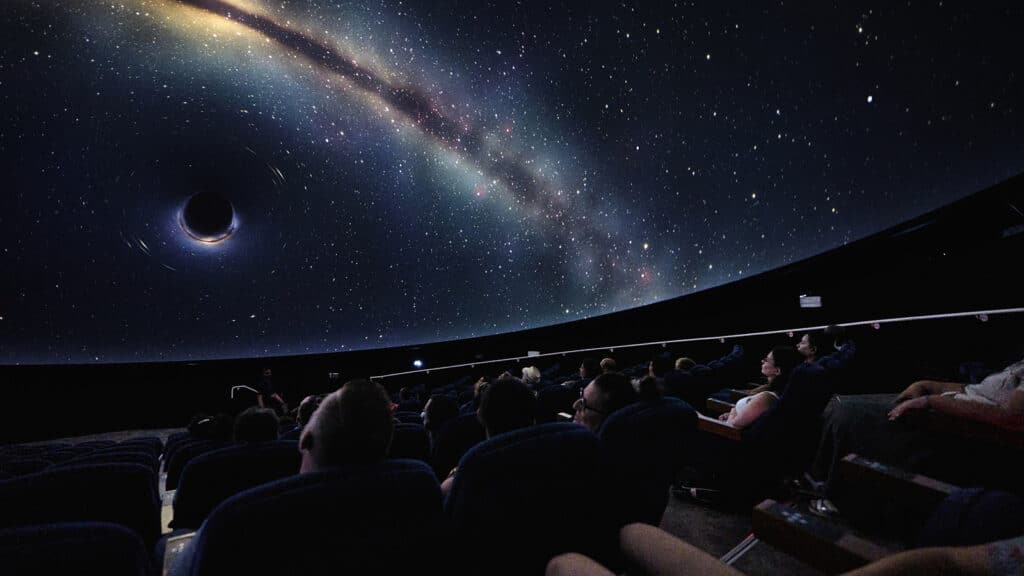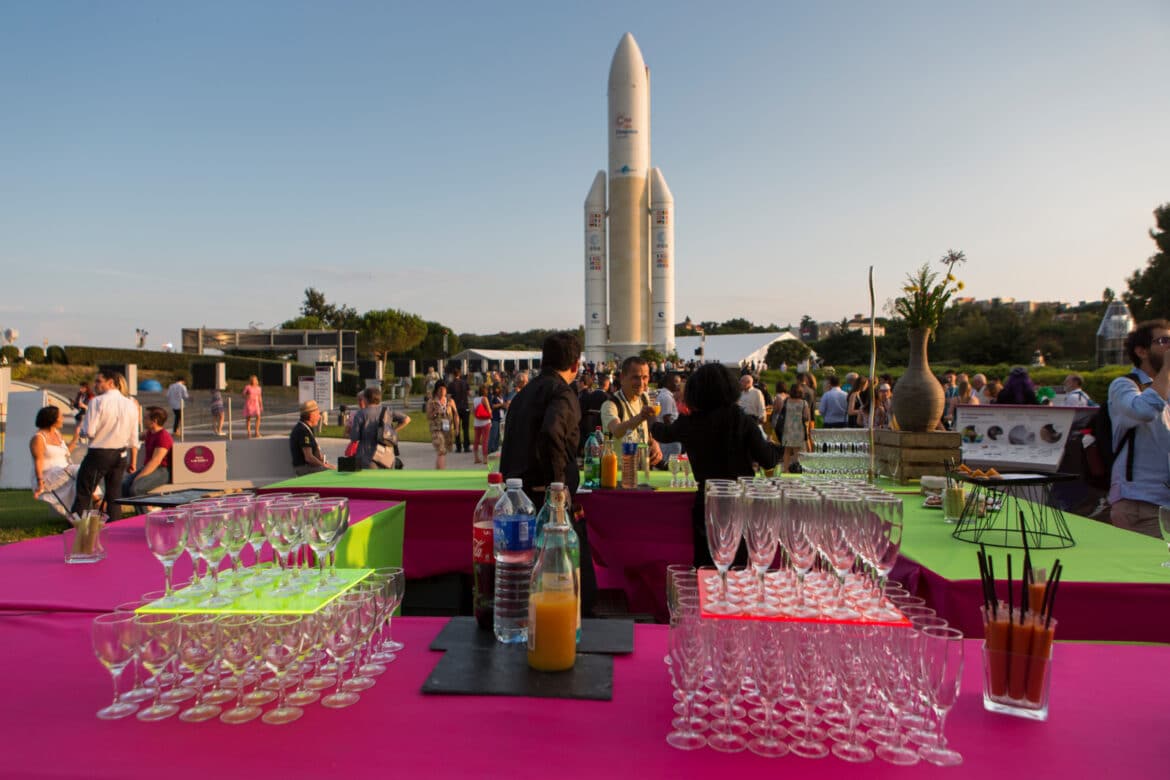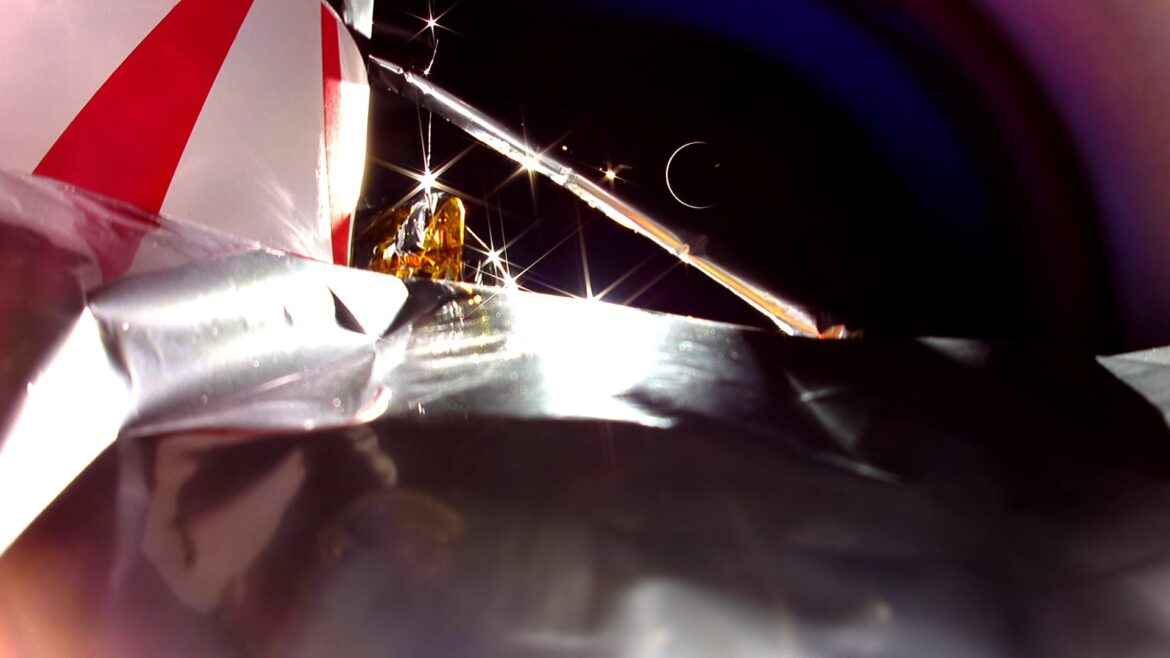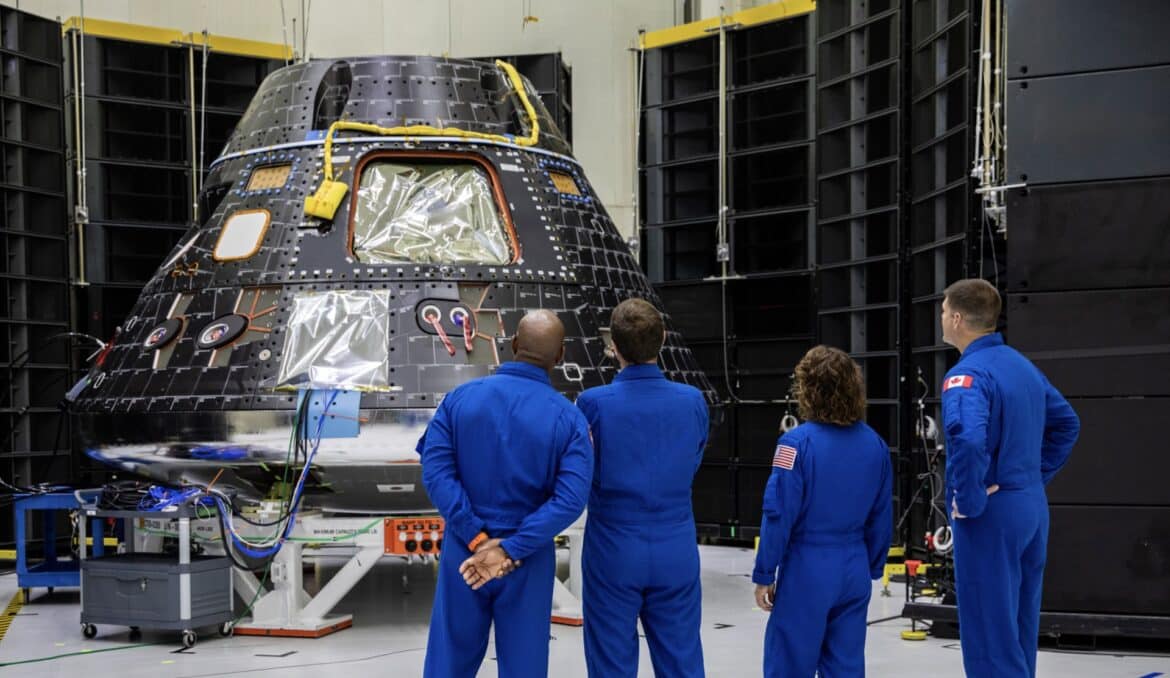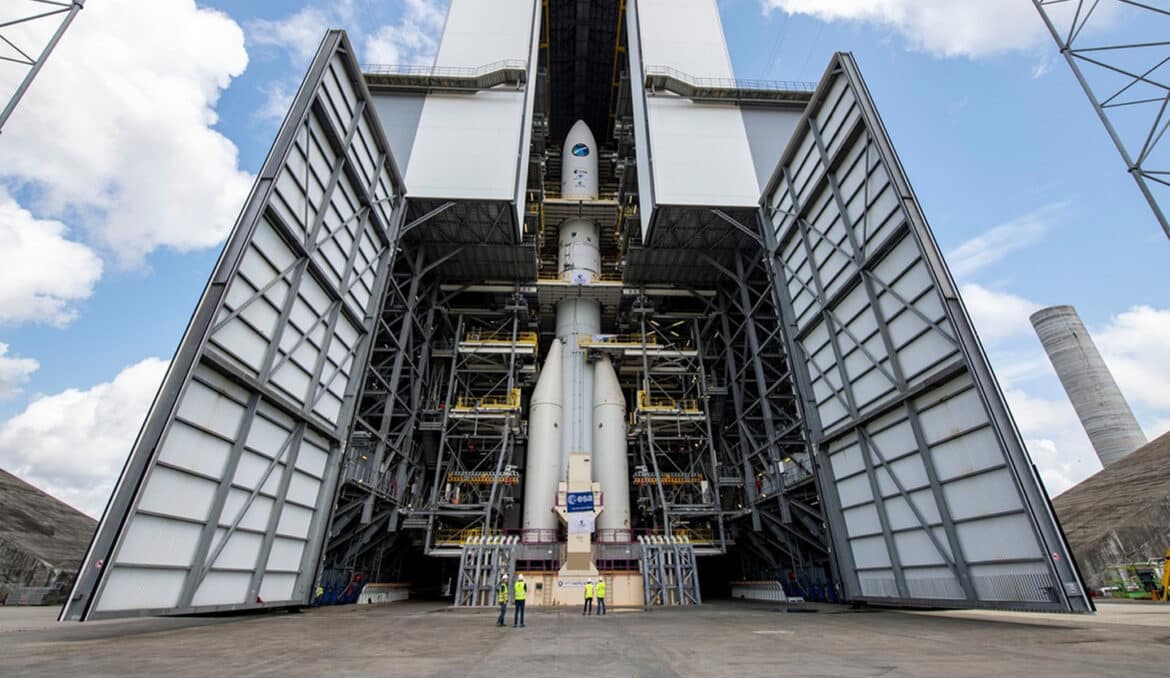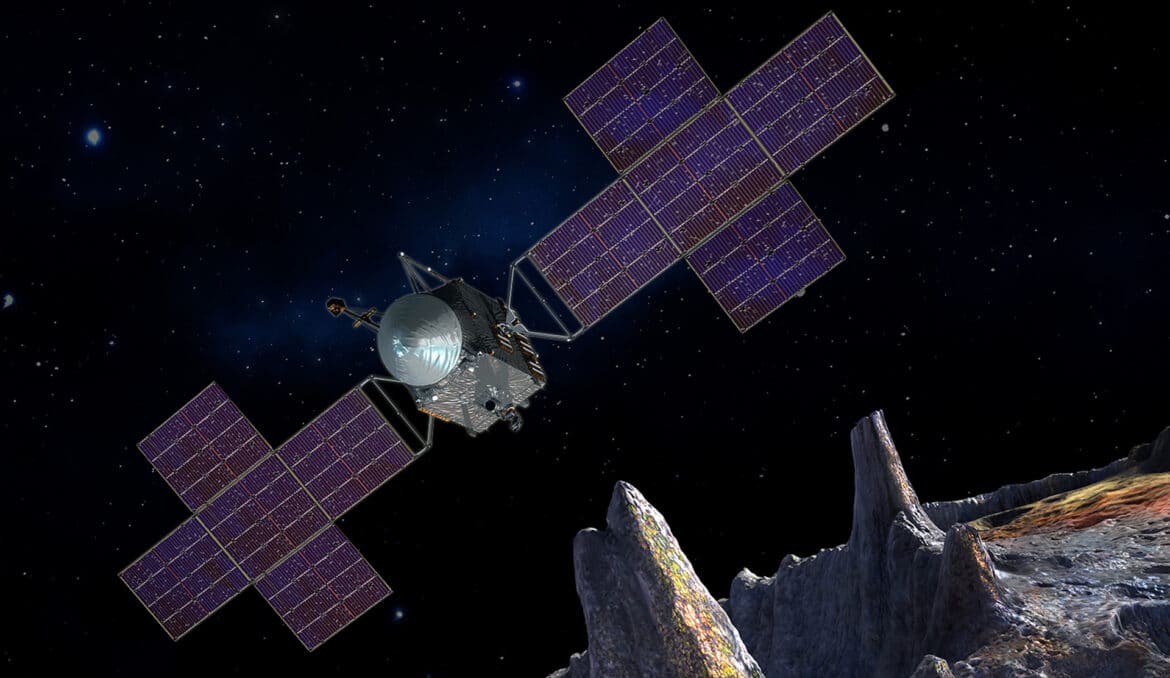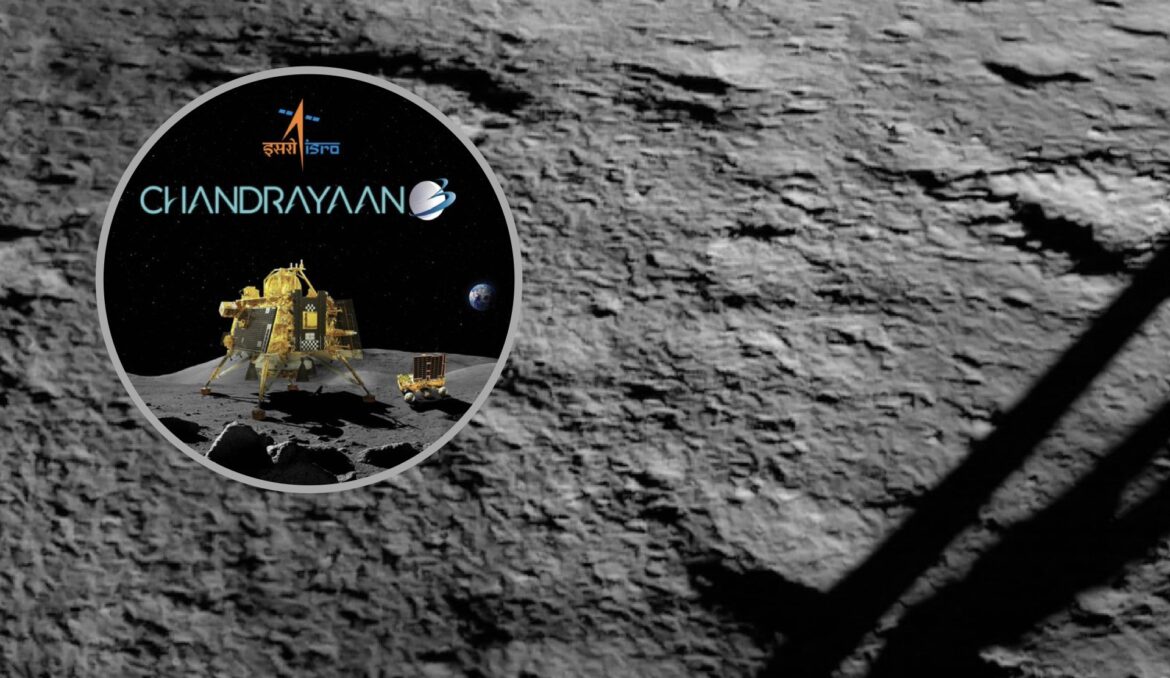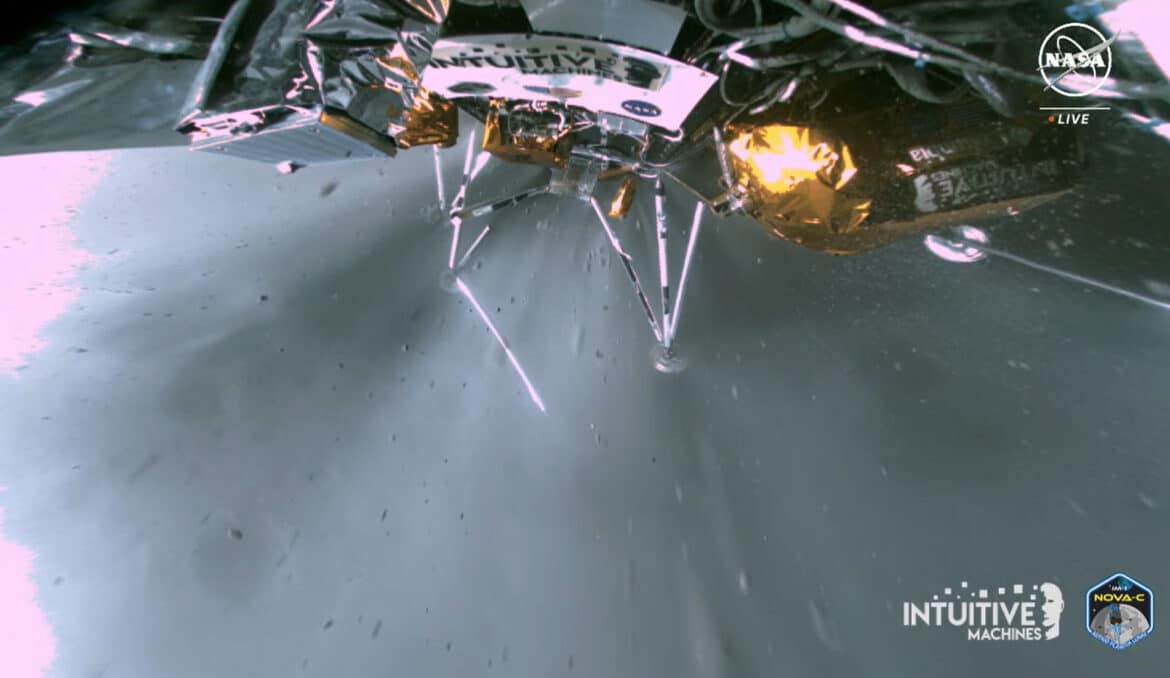

Successful separation. In the foreground, the second stage Starship. It can be seen that the first Super Heavy stage is “crooked,” already separated in this image.
© SpaceX
Hot Staging and the Return of Super Heavy
The hot staging separation between the Super Heavy first stage and the Starship second stage went much better than in the previous test. It occurred at an altitude of 72 km after 2 minutes and 50 seconds of flight. While this delicate technique of turning on the second stage without completely turning off the first stage has already been used, only SpaceX applies it to a craft of this size and power. The Super Heavy even began its return to the Gulf of Mexico, but showed stability problems at around 4 km altitude, before a signal loss at less than 1 km (destruction of the Super Heavy: reasons yet to be specified).

